How much moisture is in the air
The composition of typical air is shown on this pie chart. Water vapour in the air belongs to the OTHERS category and makes up 0.2-4% of air. Other gases in this category include noble gases, like helium; common gases, such as methane, hydrogen, oxide and nitrous oxide; other particles, like soil dust and microorganisms; and substances arising from human activities, like dust particles from clothing.
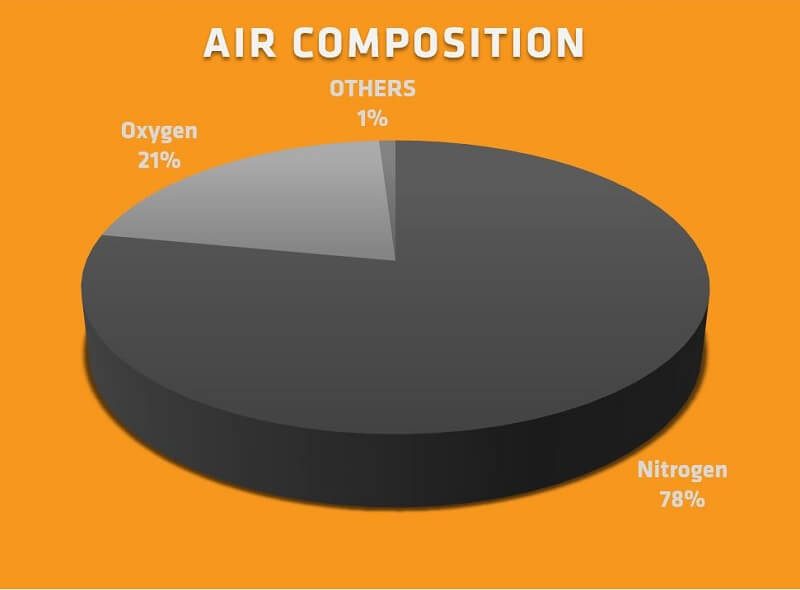
Under the conditions we normally live in in the first place, the quantity of water vapour in the air depends mainly on the air temperature. Warmer air absorbs more water than cold air. This means that in 1m³ of air, at a temperature of 20⁰C, the maximum water capacity is 17.3 g/m³. On the other hand, when we heat up 1m³ of air to 30°C, the air will absorb much more water, possibly as much as 31.9 g/m³.
In day-to-day terms, this means that water condensation on your windows will be made worse if the air is cold and can’t hold as much water. Alternatively, it can also be a problem if the demand on how much water the air holds is too much, such as everyday activities like boiling water during cooking or steam created during showering. This is an example of two rooms (the kitchen and bathroom) where human activity increases the risk of condensation due to air moisture levels.
Even in environments where little can be done to reduce essential activities which cause an increase in air humidity, there are still solutions to reduce condensation on kitchen and bathroom windows.
Temperature
As mentioned, temperature plays a big part in the causes of condensation on windows. You might notice that window condensation is much more common during colder months, such as during autumn and winter.
Condensation is a process wherein gaseous water is cooled down to become liquid water. This means warm air that contains excess moisture has to come into contact with something to cool it down. In colder months, the glass of windows is a much lower temperature. It’s enough that when air comes into contact with the window, it condenses the moisture that is present in the air.
These two factors, air humidity and temperature, directly impact the dew point and cause condensation. Controlling air humidity and temperature allow you to reduce condensation. Controlling air humidity and room temperatures are the best way to reduce condensation.
Ventilation & Window Condensation
Air humidity becomes too high in a building when gravitational ventilation (or ‘passive ventilation’) does not exist, or works inefficiently. Where there is no effective ventilation in the room, the air consumed by users during life processes (breathing, cooking, washing, etc.) becomes more and more humid and eventually condenses. The air begins to moisturize the walls, and in particular the corners, places near doors and the windows. After a while, black mould growth, fungi, and damp patches will develop in these places.
Interestingly, 4 average users of a typical home produce between 10 and 15 litres of water in 24 hours! It demonstrates the importance of effective ventilation in a home to control this excess moisture.
With efficient ventilation, used air is blown out and fresh air enters a room. Fresh air contains more oxygen and is cooler than humid air, which means that when heated, it will be able to absorb new moisture generated in the building, which will in turn be blown out by the ventilation system.
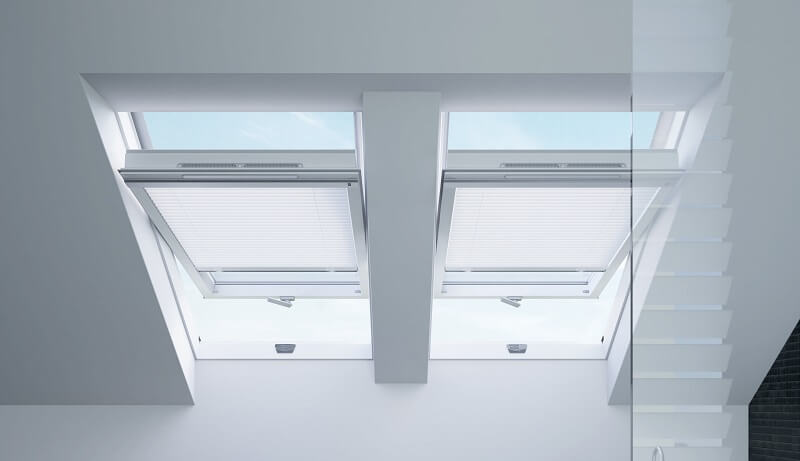
Identifying poor ventilation
The lack of effective ventilation is usually indicated by condensation appearing on the inner surface of the external claddings. This is due to the fact that the air pressure inside the building is higher than the pressure outside. In this situation, heated air searches for gaps to expand into, and if the ventilation doesn’t work, it will escape through the window diffuser.
The diffuser, as the name suggests, is used to obtain fresh air from the outside, but this only works if you have an efficient gravity ventilation system. The diffuser is not a substitute for gravity ventilation; its purpose is to supply fresh air from the outside into a room with a closed window. With a diffuser, the only direction of air displacement should be from the outside to the inside of the room, but when ventilation is poor, air will force this to work backwards. This will be indicated by condensation forms on the external cladding of a building (see image).
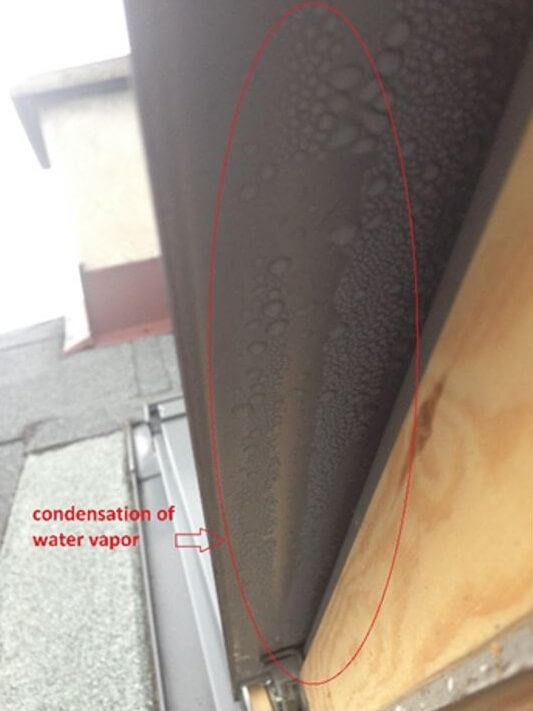
Improving ventilation to combat condensation
In this situation, improved ventilation systems should be added to the home. This is often best done in conjunction with other window condensation solutions to maximise effectiveness.
Where gravitational ventilation does already exist but ventilation still needs improving, a ventilation booster should be installed on the chimney of the house.
Additional causes of condensation
Condensation on a window or other partition can also occur when:
- there is no heater under the partition
- the plasterboard is positioned incorrectly under or above the window
- the room overall is under-heated
When a room is under heated, there will be excessive saturation of water vapour as the air can hold less moisture. Humidity levels in an unheated room will be already slightly higher than in a normal one. Then, when the internal air contacts the cool barrier surface such as a window pane, it causes excessive condensation.
In the case of long-term frosts and lack of a heater under the window, the internal pane of the window begins to cool gradually, and additionally cools the air in its vicinity. The cooling of the air around the window begins to condense the water in the air.
Poorly installed plasterboard might be causing insulation issues due to problems with dry lining. This will make the room itself and the partitions colder, increasing the risk of condensation.
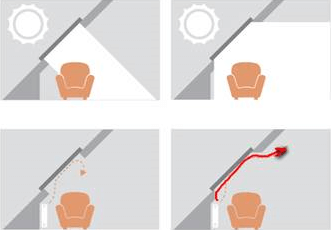
Solutions to Stop Window Condensation
From the above, some key ways to stop condensation on windows are:
- Ensuring a good ventilation system
- Keeping rooms at a warm temperature by ensuring good insulation
- Adding heaters under partitions
There are also actions that occupiers of homes can take to reduce condensation:
- Dry clothes outdoors or using a tumble dryer wherever possible
- Open windows in rooms that experience condensation for at least 10 minutes a day
- Use a thermostat to keep the home at a warm temperature
However, there are additional solutions to stopping, and preventing, window condensation:
In the cases above, the best solution is to fix any incorrectly installed plasterboard or heating solutions and add additional heaters, depending on the limitations of the property.
The Windows
Condensation on windows is not a direct fault of the window itself, but a symptom of improper usage of the room, design errors or construction errors (or a combination all of these). However, poor quality windows or window installation could impact the ventilation and insulation of the room, leading to condensation problems. Therefore, the quality of the windows should be considered when addressing condensation issues or when designing homes with less risk of condensation.
For example, older houses that still have single glazing should aim to replace these windows with double glazing. This should improve insulation in the home, making it easier to keep it warm and thus reduce condensation.
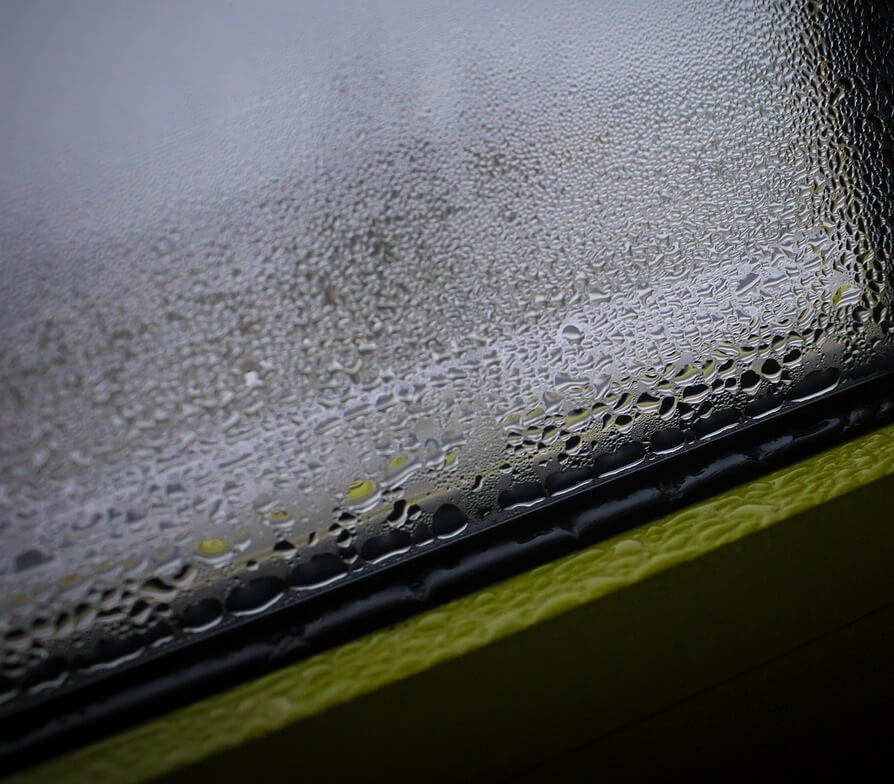
Roof Windows
Installing a roof window can greatly reduce the risk of condensation, particularly in kitchens and bathrooms. Roof windows provide an additional source of light and, if you select the right roof window, are at lower risk of developing condensation problems than standard window designs. Look for:
- Moisture resistance – This added feature tackles issues that arise from the humid environments of kitchens and bathrooms, which reduces the risk of condensation.
- Triple glazing – three pane windows have better U-value to reduce heat loss and make it easier to keep the room warm
- Improved insulation design – such as argon gas used between panes. Keeping the room warm reduces the risk of condensation.
- PVC frames – In contrast to wooden frames, PVC offers much better resistance to mould which can develop in moisture-rich environments
Try Dakea’s Better Energy PVC roof window range, which encompasses all the above features and is ideal in preventing condensation in kitchens and bathrooms.
Ventilation Improvements
Air valves are an essential part of any mechanical ventilation system. Installing them in a home allows air to be extracted from a room into the ventilation ducts. They can be adjusted according to the building’s specific ventilation requirements.
It’s worth noting that if you don’t have an extraction system in your kitchen or bathroom, this will make a big difference. They can cost around £400 to install, but help to remove moisture-rich air created as a result of cooking or showering, and replace it with fresh air.
Window vents can be added above windows to allow air to move through the room and prevent moisture condensing on the window panes.
Air bricks can be installed in rooms that struggle with poor ventilation. These are bricks that allow air to move through them to enhance a gravitational ventilation system.
Openable roof windows allow moist air to escape (as warm, moisture rich air will rise higher into the room) and improve ventilation.
In loft or attic conversions, as well as openable roof windows, roof ventilation tiles or soffits can be installed to encourage air movement through the room. Attic conversions are often at a high risk of developing mould due to condensation, because they can be hard to insulate and ventilate. Ensuring a good ventilation system is essential during construction or conversion of these rooms.
A high amount of condensation can also be created & found in cold and warm attic rooms. If this is a concern to you, read our article on how to insulate an attic today.
If you’re a house builder or window installer, explore Dakea’s quality roof windows and skylights. We have a fantastic range including new windows ideal for combating condensation. If you’re a homeowner looking for help, chat to a local tradesman.
